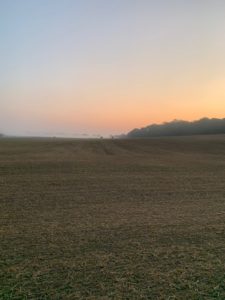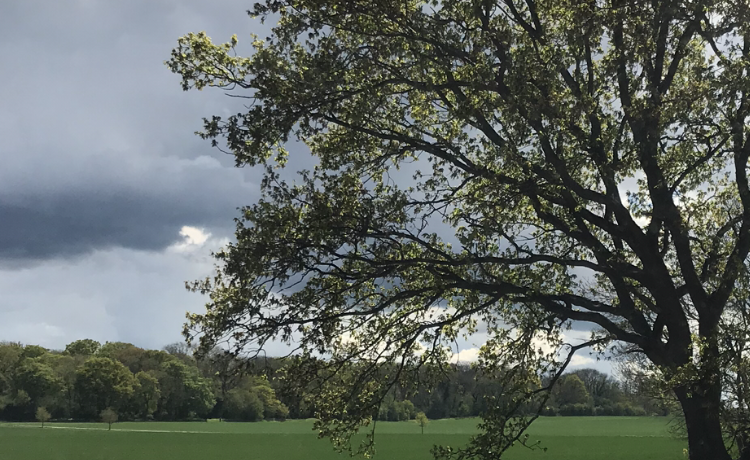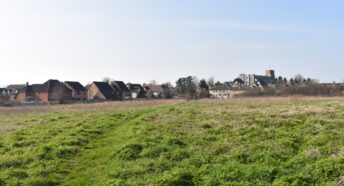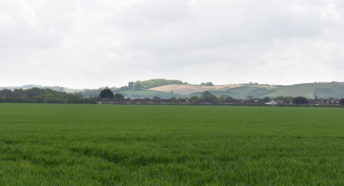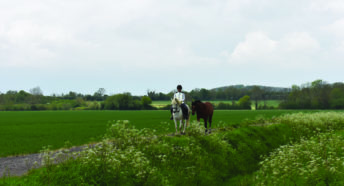Save Steppingley Road Field
CPRE Bedfordshire is supporting a Local Action Group campaigning to save the field next to Flitwick Wood / Steppingley Road from development.
We take a closer look at the area surrounding the site and tell its story through the centuries.
Roman
Roman artefacts dating from the 2nd to 4th centuries including pottery and a fire box which was used to burn charcoal or other fuel for cooking, heating or rituals. The possible line of a Roman road lies to the south and south-east of the site.
Medieval
By the medieval period the land was being used for agriculture. Nearby Flitwick Wood, ancient semi-natural woodland, formed its present shape by around 1300.
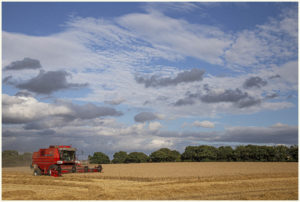
Early modern
A former clay-pit and kilns, dating from around 1690, have been found nearby. Like much of the local area, the geology of this part of Bedfordshire leant itself to brick making.
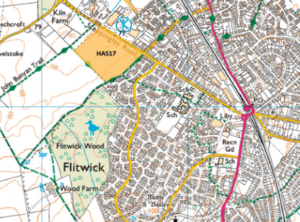
An eighteenth-century murder
Joseph Cooke, a baker in Steppingley, was prosecuted at the Lent Assizes of 1789. He was charged with the murder of Elizabeth White, a single woman of about twenty-five, who lived in Ampthill. Her body was found in the riding in Flitwick Wood. The Northampton Mercury reported Elizabeth’s murder in its edition of 13 December 1788, suggesting that Elizabeth went to meet Cooke in order to blackmail him about their relationship. Cooke was hanged for the crime in March 1789. You can read more about the story via the Bedfordshire Archives website.
Nineteenth century
Close by to the north of the field lies the site of a former smock mill built in the 19th century and destroyed by fire in 1903. A smock mill is a type of windmill that consists of a sloping, horizontally weatherboarded, thatched, or shingled tower, usually with six or eight sides. It is topped with a roof or cap that rotates to bring the sails into the wind. It gets its name from its resemblance to smocks worn by farmers in an earlier period.
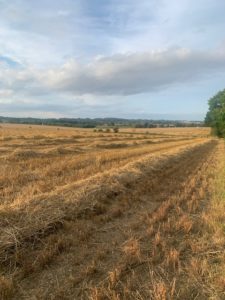
The Second World War
On the 24th February 1945 two Mosquito aircrew were killed when their aircraft crashed into a field between Flitwick and Steppingley. During the Second World War aircraft in the skies were a common site due to the proximity of RAF Cranfield. However, on this occasion the plane failed and eye witness reports spoke of a loud cracking sound, with the wreckage spread over a wide area. In November 2021 a memorial was unveiled which sits in the gardens at the Rufus Centre in Flitwick.
Modern leisure
The John Bunyan Trail was created by the Bedfordshire Group of the Ramblers Association to celebrate their Diamond Jubilee and the walk is dedicated to the author of ‘The Pilgrim’s Progress’. The route takes in many places of historic interest connected with Bunyan and passes close to the site.
Nearby Flitwick Wood hosts a variety of circular walks and the main walk is wheelchair and pushchair friendly. The field itself is an important green space on the edge of Flitwick, connecting up a number of local walks.
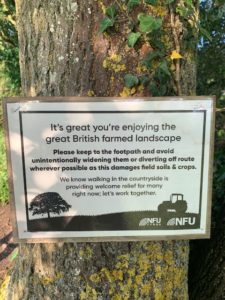
Wildlife
The field is home to a rich variety of wildlife including skylarks, deer, foxes badgers and hares.
One small patch of land can help communities tell the story of their whole area, shedding light on how people have lived, worked and played, these are fragments of Steppingley Road’s rich story.
